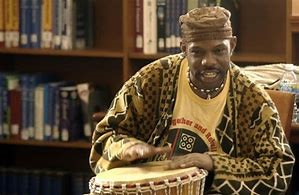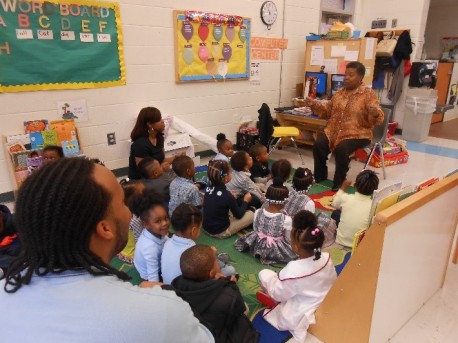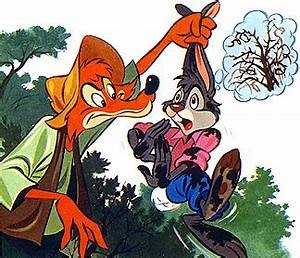
The first story that I told “publicly”, other than at a Kuumba Storytellers of Georgia meeting, was at a Kwanzaa program. I was asked to tell a story to illustrate the principle, Kujichagulia, self-determination. The story that I decided to use was a folktale from Thailand. Even after I found this story and decided it was , I continued to search for something else because, given the occasion, I would have preferred to tell an African or African American folktale. But, nothing else resonated with me the way that “The Freedom Bird” .
I continue to tell it and I continue to introduce it as a story that I feel demonstrates the power of kujichagulia, self-determination, being true to yourself. But more than that, it demonstrates that the principles by which we live and are guided are the same around the world.

I was reminded of this again when I read “The Rough-Face Girl” by Rafe Martin. It’s an Algonquin Indian version of Cinderella. In the Author’s , Mr. Martin points out that there are 1500, or so, recorded versions of the basic Cinderella story. 1500 recorded ! Maybe that’s not so strange as most of us enjoy seeing good rewarded and evil punished.
But if all of our stories repeat themselves in different cultures around the world, what separates the African and African American story? I always enjoy telling Aesop’s Fable, “The Lion And The Mouse”. Then some years ago I discovered the Indian, Panchatantra Tales. There it was, “The Elephants and the King of the ,” a story where the elephants, who were once kind to the mice, were later rescued by the mice. From Alaska to Cape Town from New York to Mumbai our needs, our hopes and dreams, our stories are similar. What distinguishes the African American oral tradition.

Another African folktale favorite is the “Eagle Who Thought He Was A Chicken”. Many authors have published this story with slight variations. Last week, I came across a version, “Fly Eagle Fly” that posited a different kind of human intervention and elicited a very different response from me. I immediately recognized that my response was more about people and situations from my past that this new version reminded me of. Sometimes the only thing that will differentiate our stories is the energy and the life experience that we bring to them. Our life as African Americans punctuate our stories, they give the stories newness and a life of their own.

In his online curriculum for teaching the oral tradition Joshua Perlstein1 in talking about Joel Chandler Harris’ noted “But somewhere in the translation from the mouth to the pen, much of the immediacy and potency was lost and replaced with a quaintness and folksiness that was far less threatening. For Harris, the slaves were a curiosity, their stories simply a way of revealing their crude lifestyle. But to the people who told them, the telling was a matter of maintaining their humanity and their dignity.”
So again I ask, what distinguishes the African American oral tradition; what separates the African and African American story. It’s in the telling! It’s the energy that we bring from the trauma, drama, faith and hope of our past and our ultimate overcoming in the present. That’s why we only tell stories that resonate with us. It’s so that we can give them the energy and power that they deserve, the energy and power that will bless the listeners and honor those who have passed the stories down to us.
| Happy telling,
Amy Johnson |